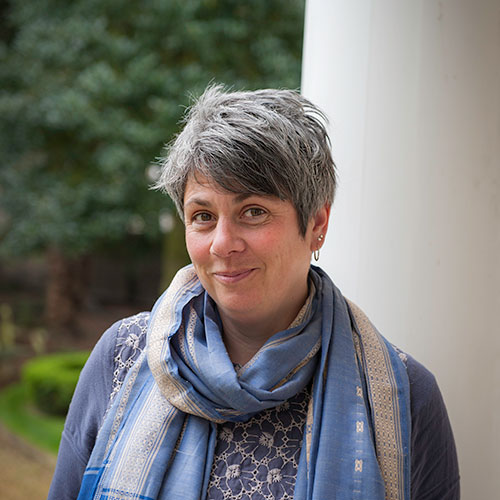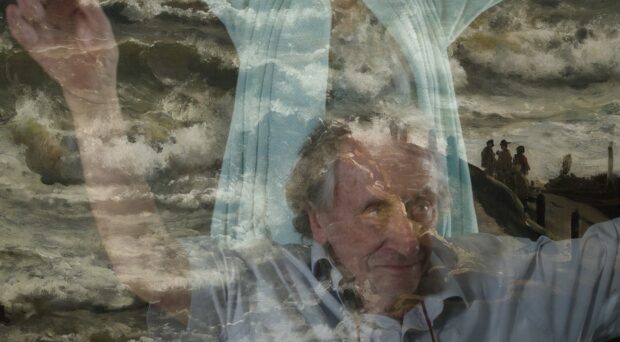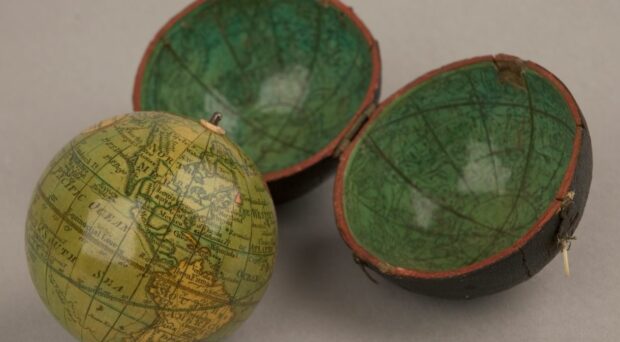Being able to ‘look things up on the computer’ is something that all of us rather take for granted. Even in a Museum where the size and scope of the collections is such that full digitisation is a daunting task, it is still hard to think back to being entirely reliant on drawers of catalogue cards and hand-written indexes.
As computing resources developed in the late 60s and early 70s, researchers and Museum workers saw their potential for enabling them to search their collection data in different, and more effective ways – and much of this early work was centred around a small group of researchers at the Sedgwick Museum, who developed one of the first computerised museum catalogues.
One of the driving forces in this ground-breaking work was Jonathan Cutbill, a young geologist whose PhD studies focused on aspects of the geology of Svalbard. He was part of a long tradition of Cambridge geologists led by Brian Harland, who visited the Norwegian archipelago from the 1930s onwards, and whose extensive field records are preserved in the Sedgwick Museum archives. Having injured himself during one of his field trips, Cutbill chose to focus on work that didn’t require him to carry out fieldwork in such rough and remote terrain. With Jon Odell and Martin Porter, he started exploring how to use computers – at this time, room sized machines – to sort and index information about the Sedgwick Museum’s fossil collections. A major conference in 1969, convened by Cutbill, drew together international Museum representatives to share ideas about how this new technology could be harnessed. This led to the establishment of global documentation standards for museums, and the setting up of the Museums Documentation Association (now the Collections Trust) in 1977.
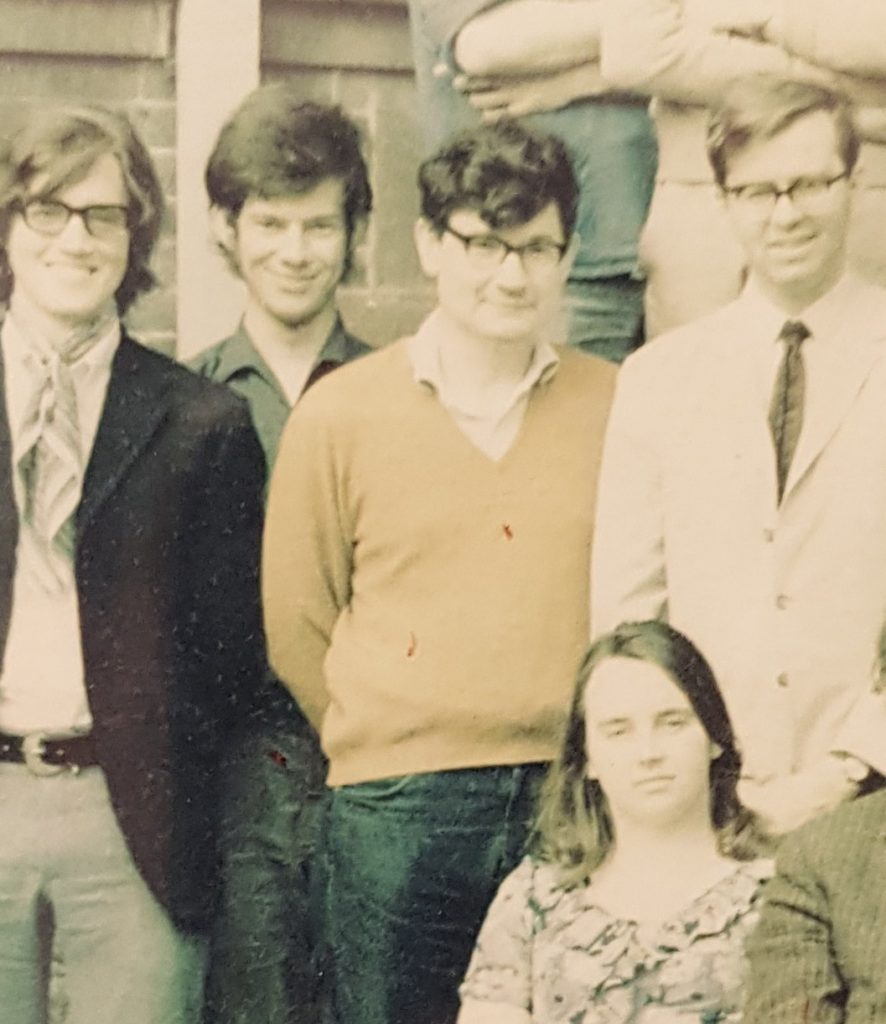
Jonathan was an out gay man and colleagues from the Department of Earth Sciences remember him as good company, up for fun, and ‘ahead of his time in gay rights’. After the Sedgwick, he went on to work on documentation systems at the National Maritime Museum, and also began to build up what was to become the largest and most comprehensive collection of LGBTQ books. In 1979, he was one of the three founders of Gays The Word bookshop in Bloomsbury, London, which became, and still is, an important focus for the gay community. Jonathan used his data management skills to set up the stock control system, and was one of the directors arrested on trumped-up indecency charges in 1984. On his death in 2019 his vast and important book collection passed to the University of London’s Senate House library.
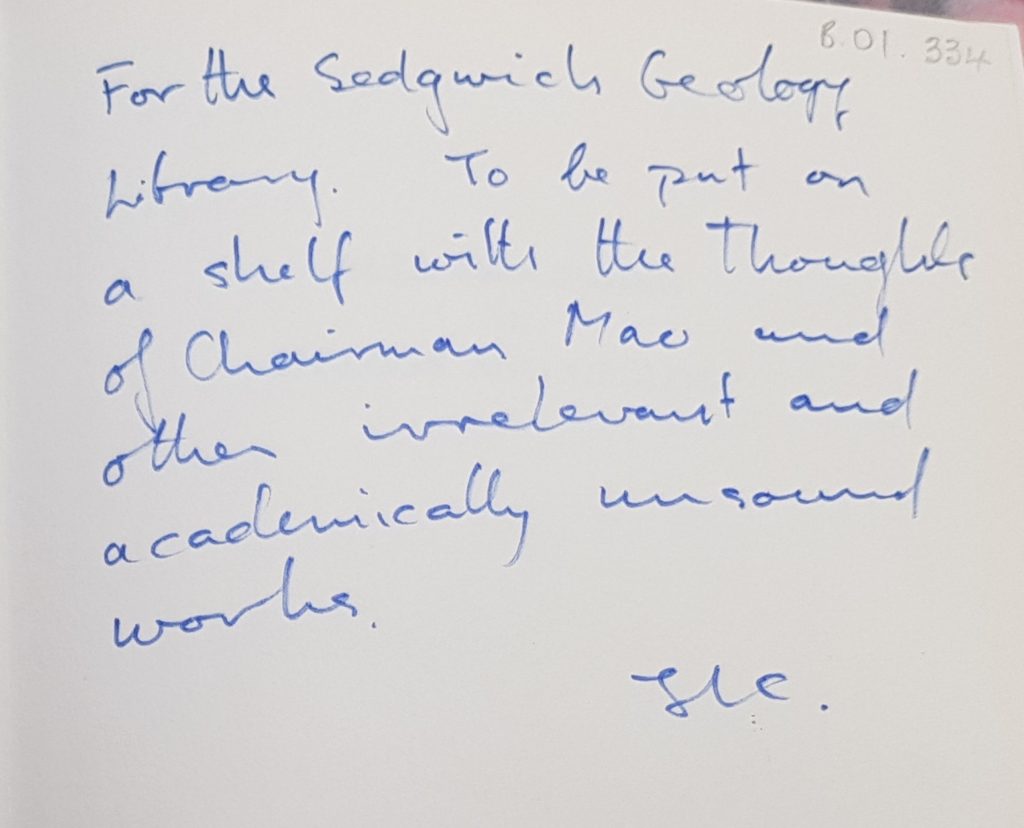
Jonathan’s story forms part of the Sedgwick’s Bridging Binaries LGBTQ+ history tours, which we look forward to restarting once the museum is safely open again. In the meantime, we are still keen to learn more about his time at the Sedgwick – please get in touch if you can tell us more.
Find out more:
Liz Hide talks to Dan Vo from Queer Britain about Jon Cutbill as part of #MuseumFromHome

